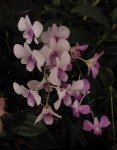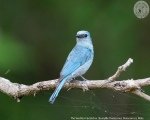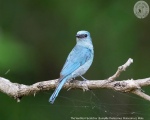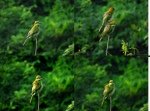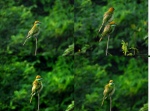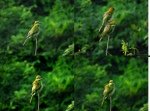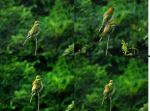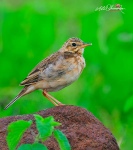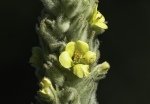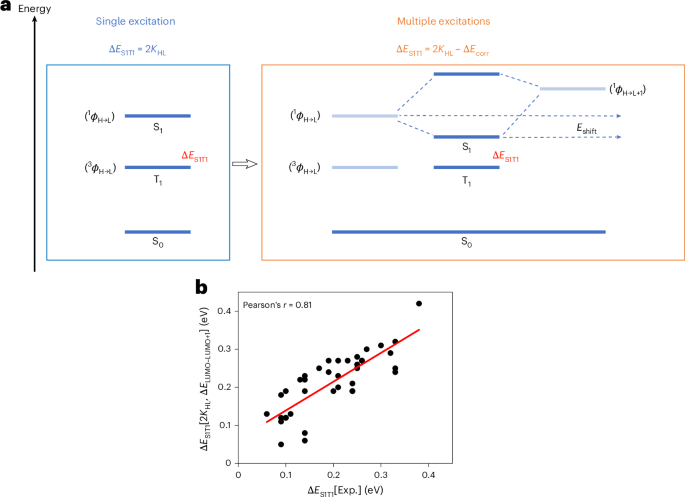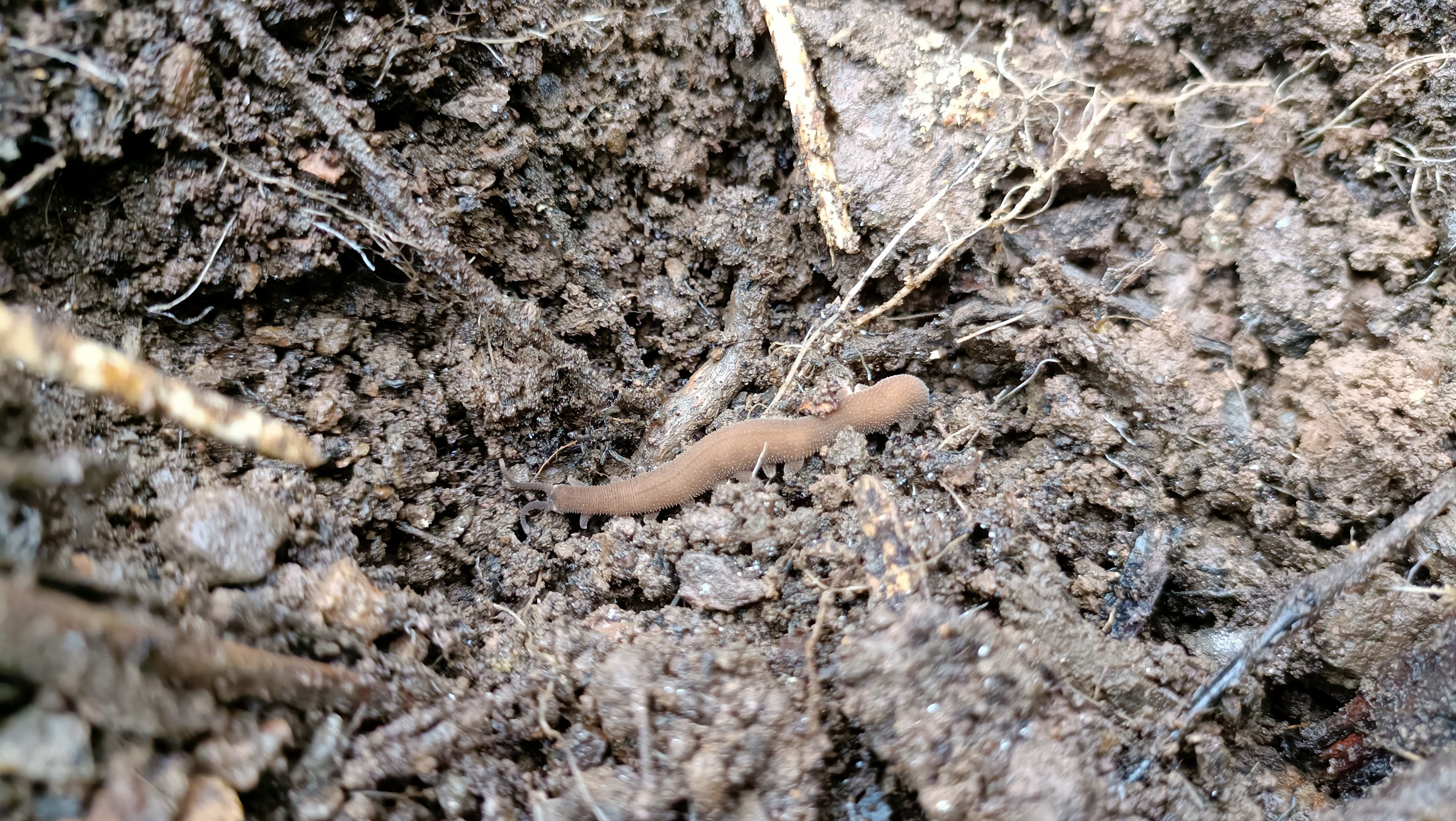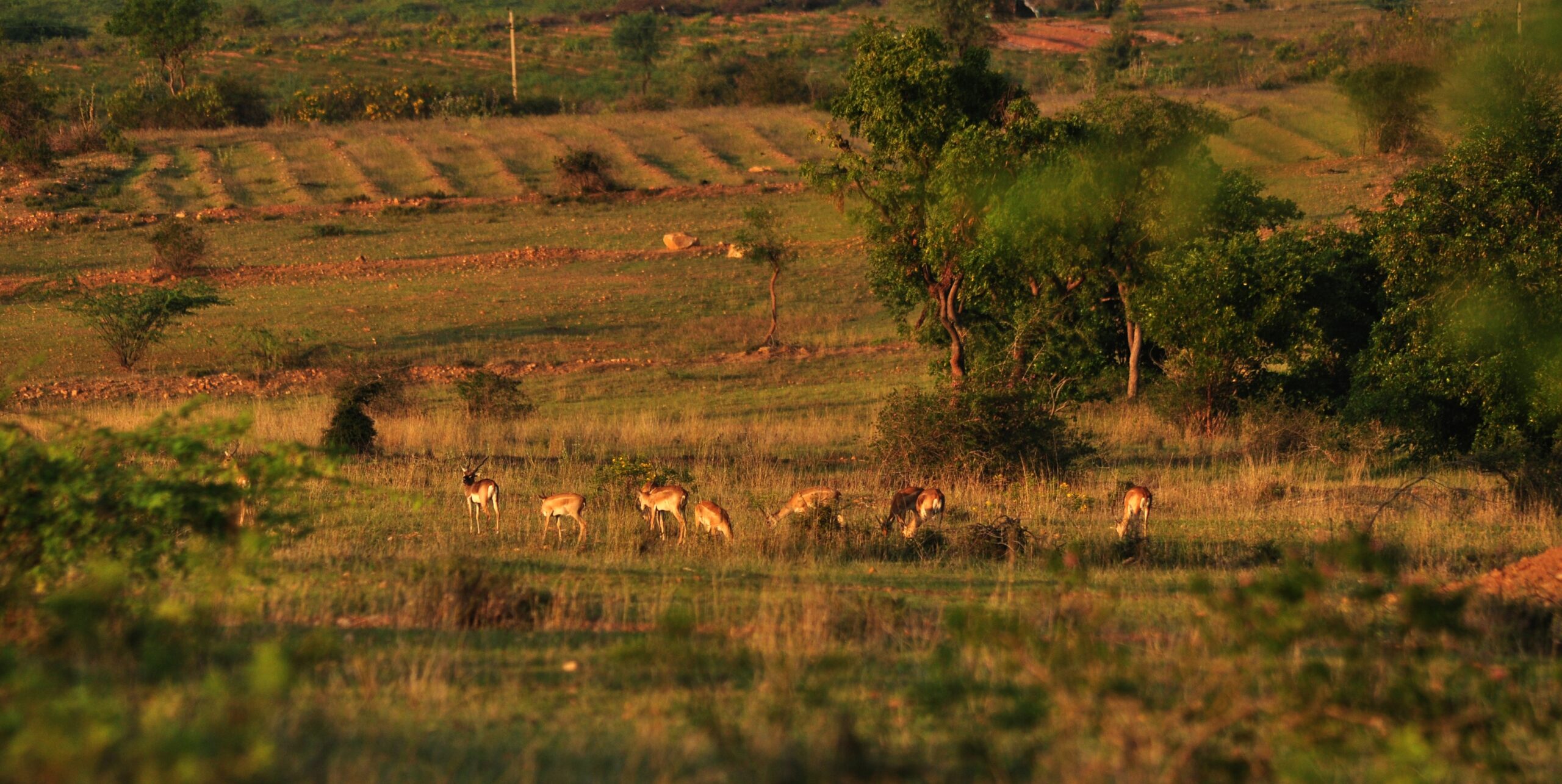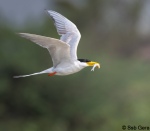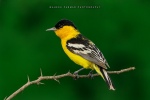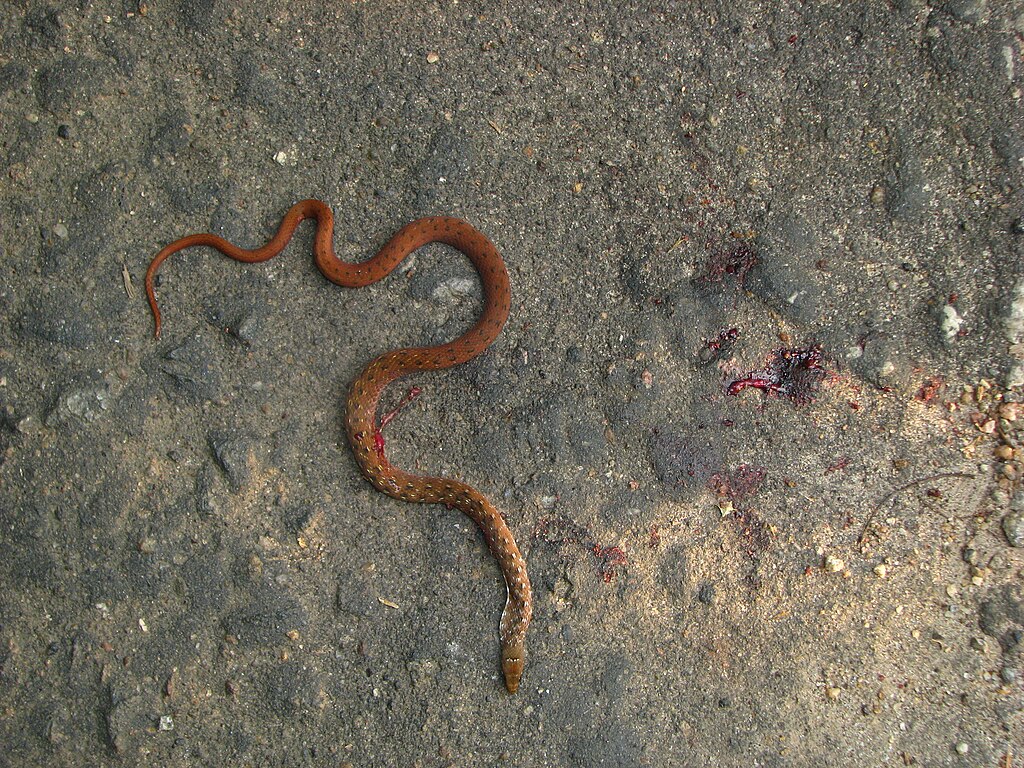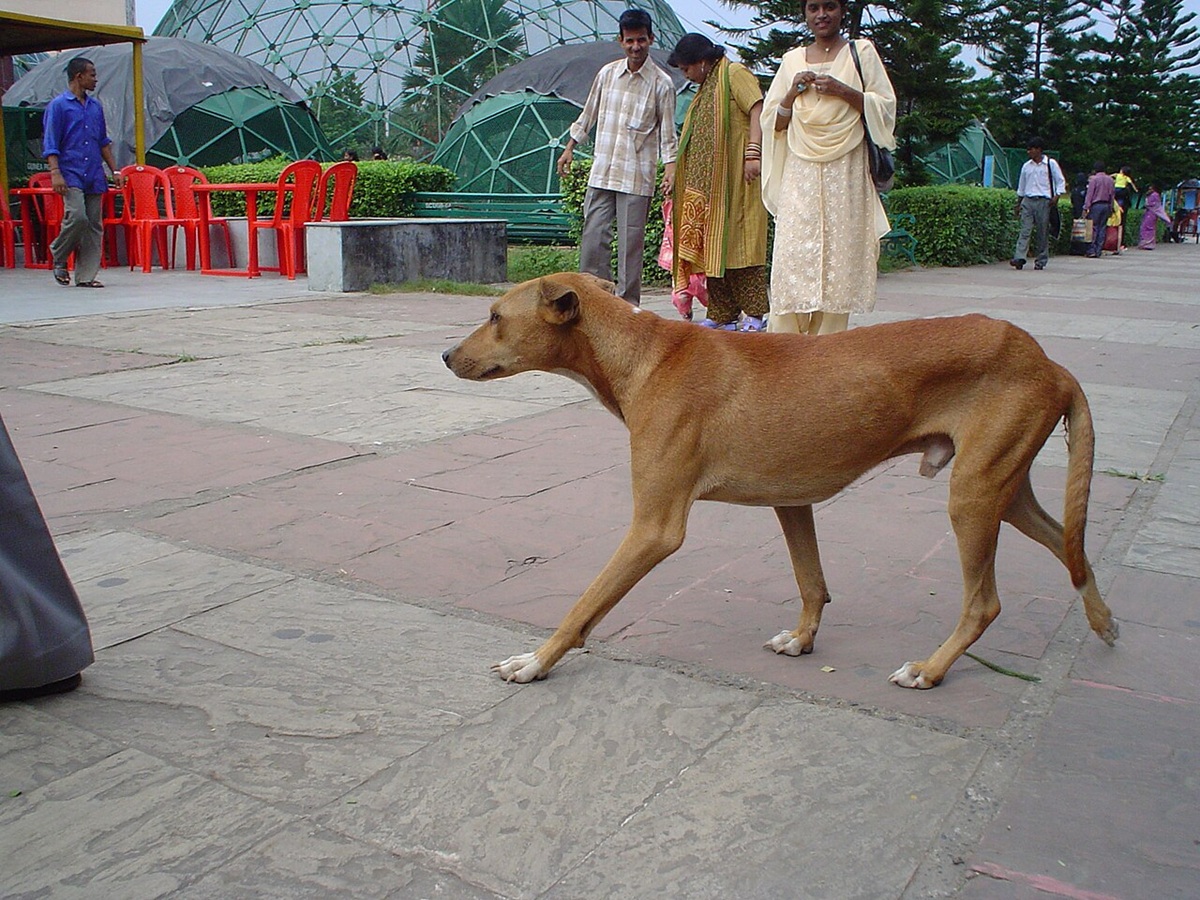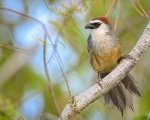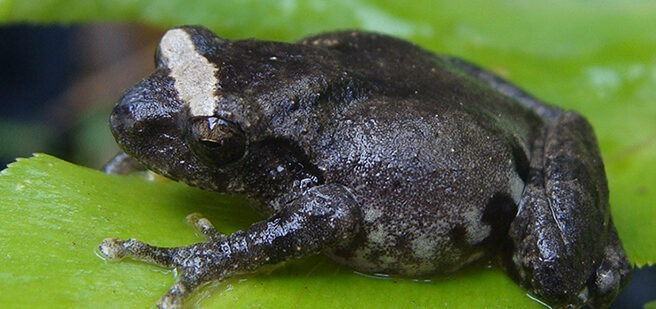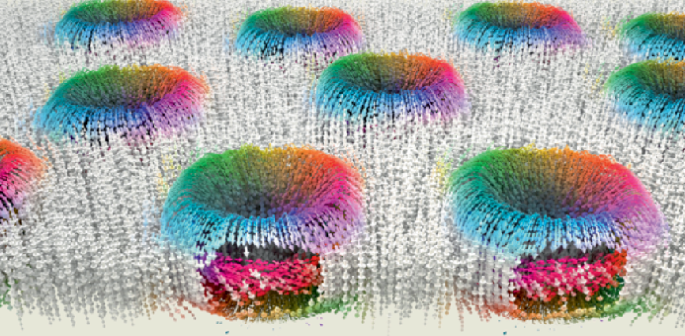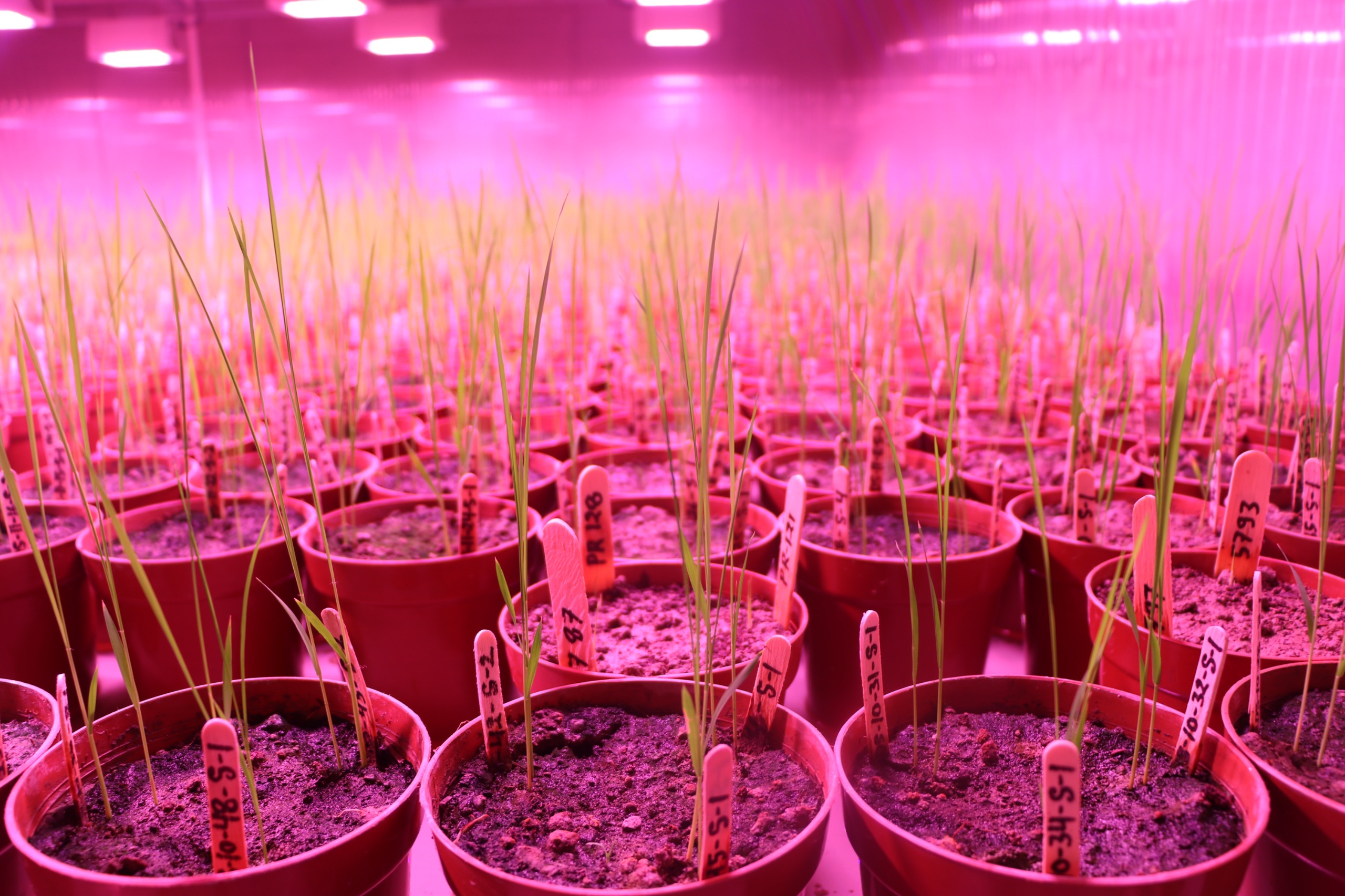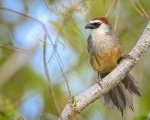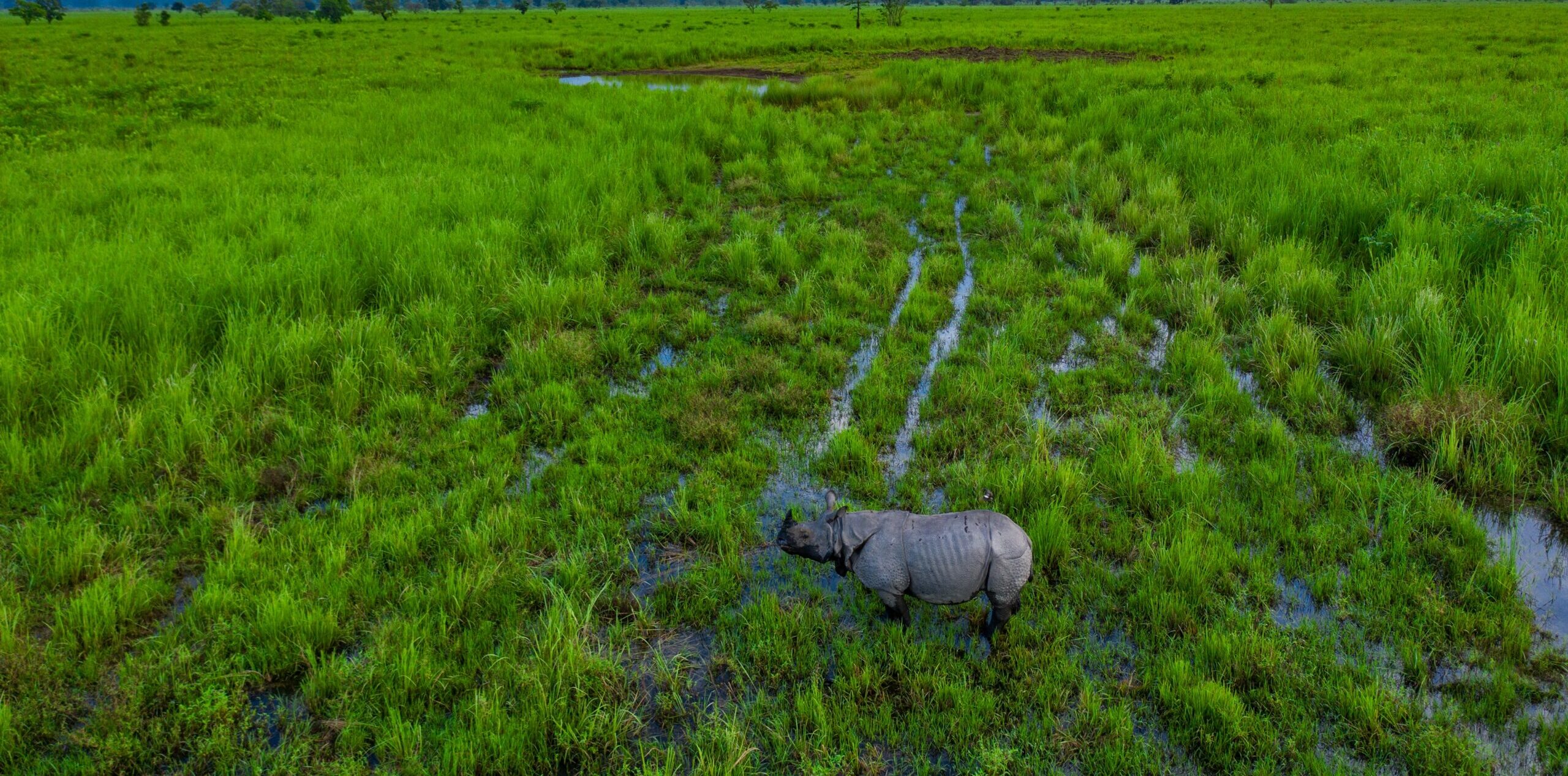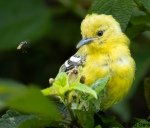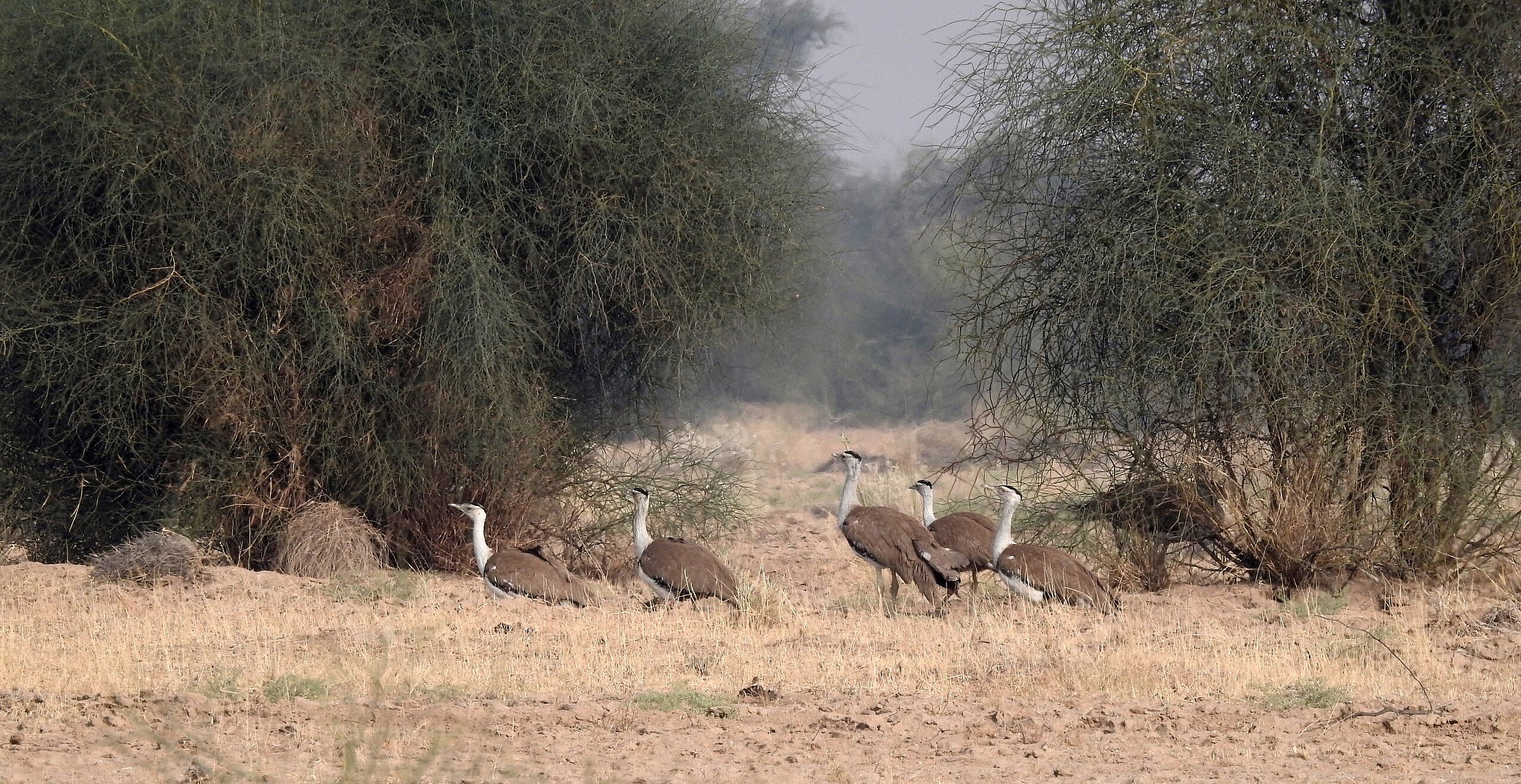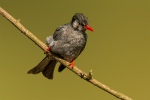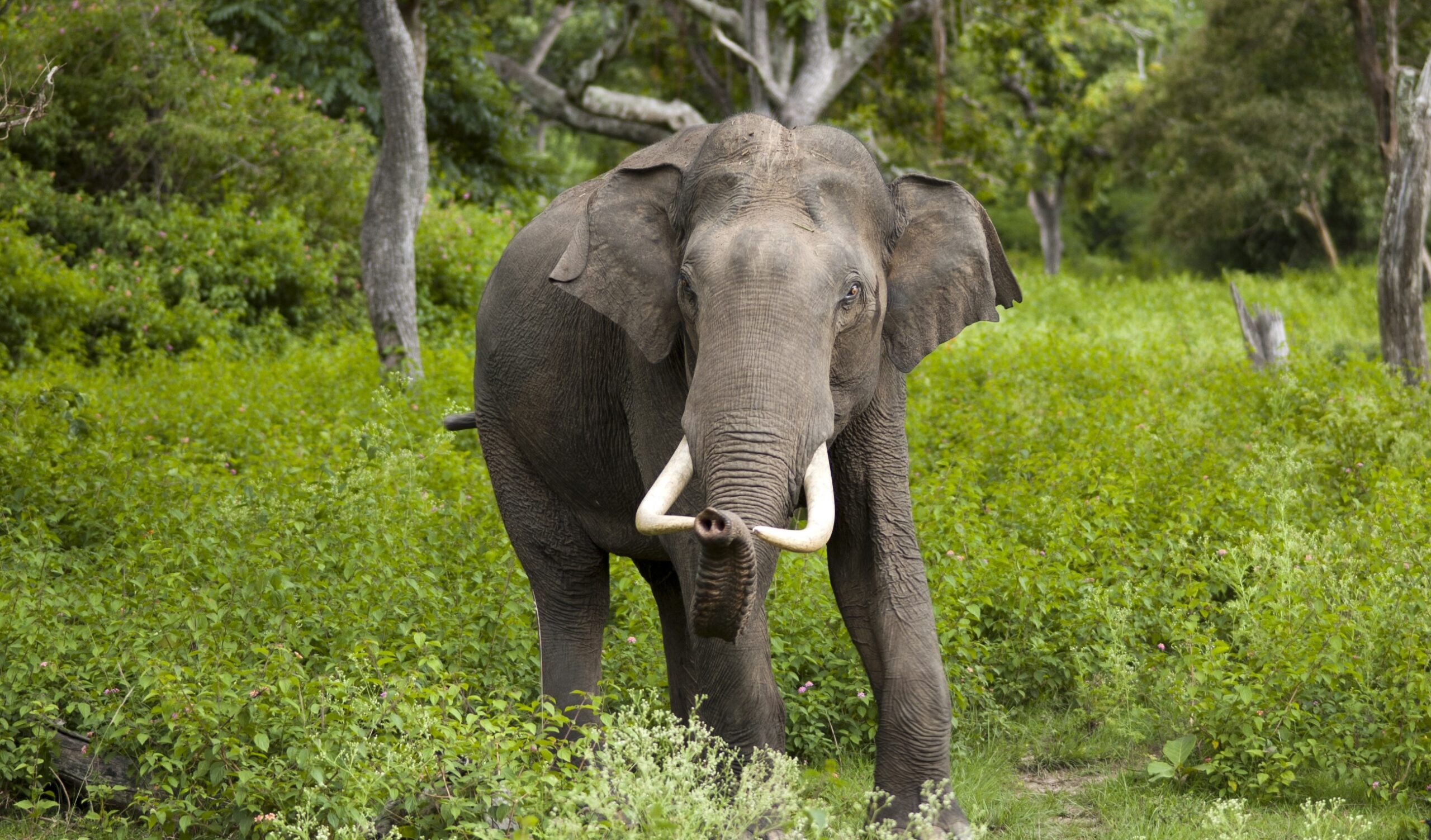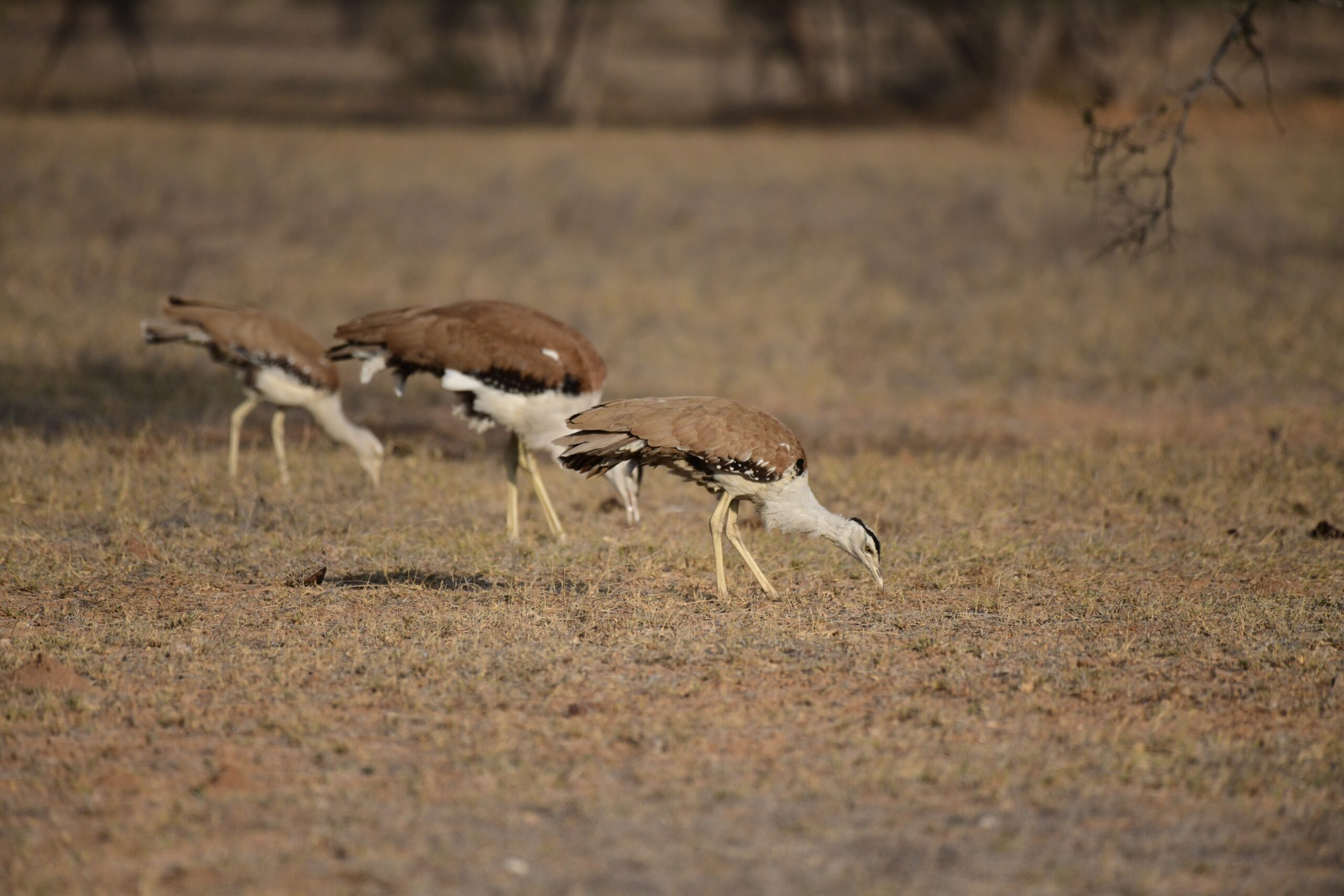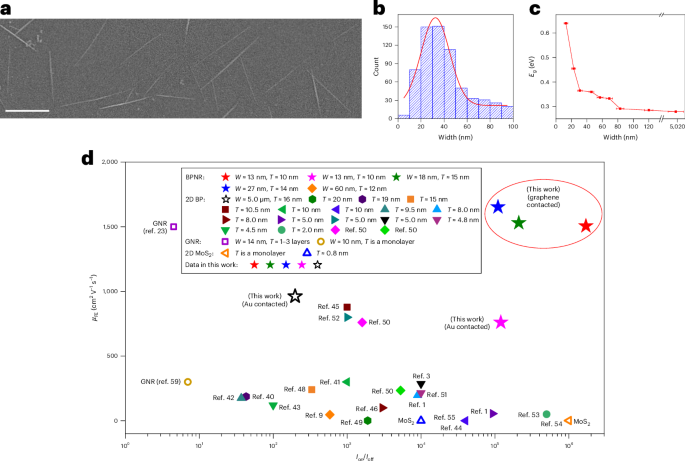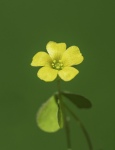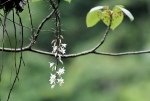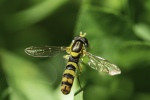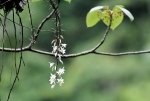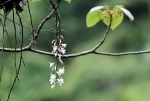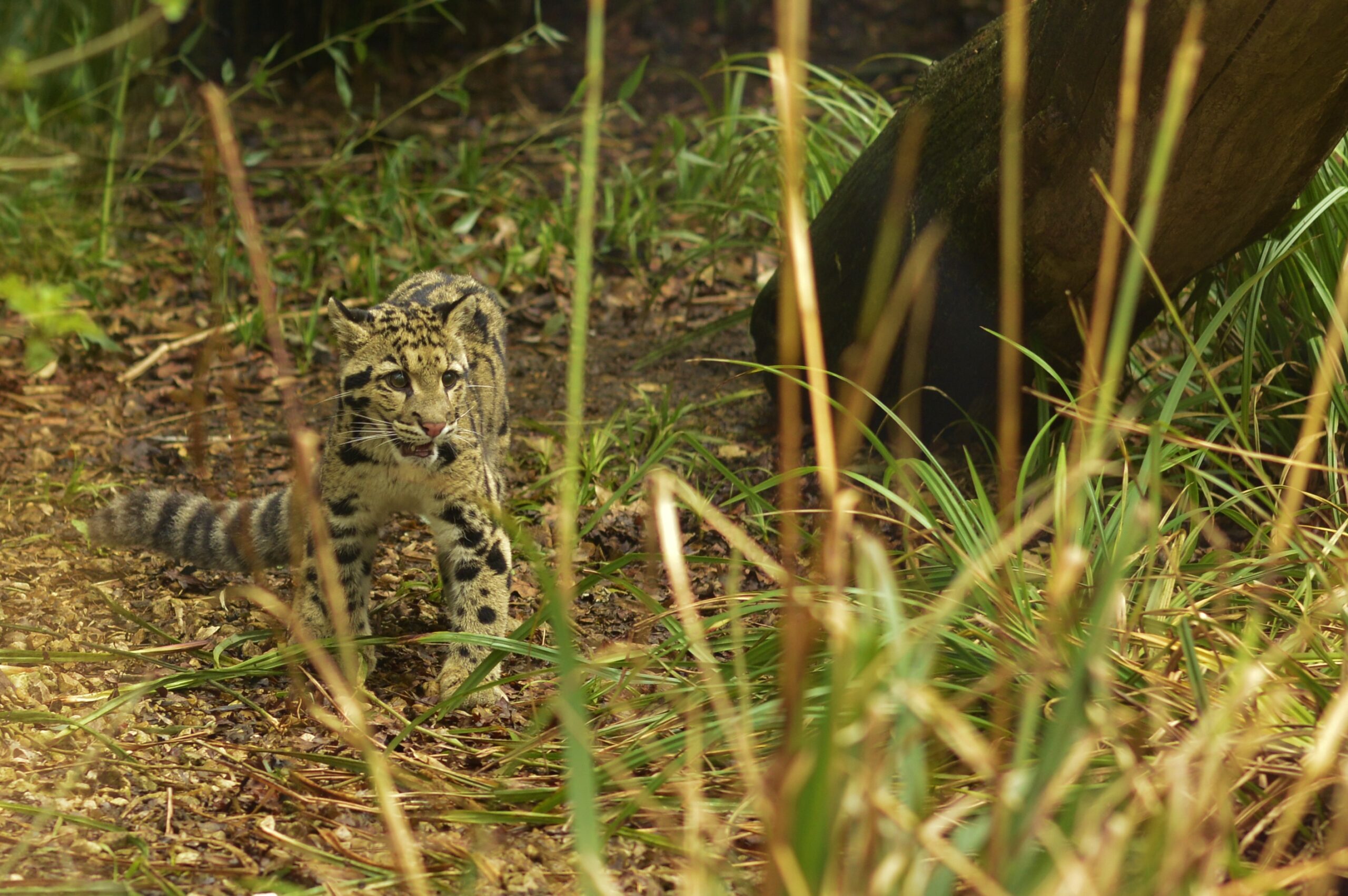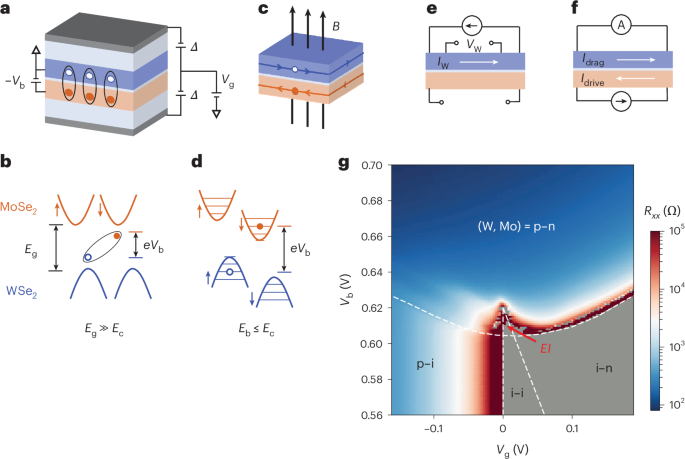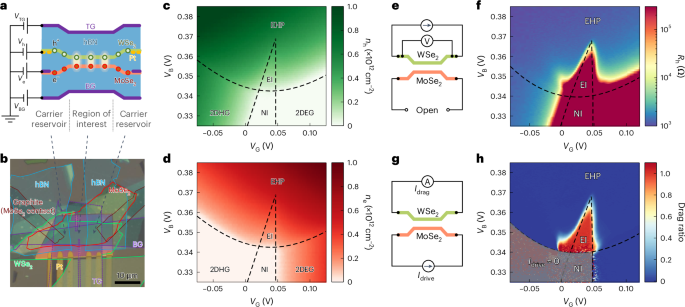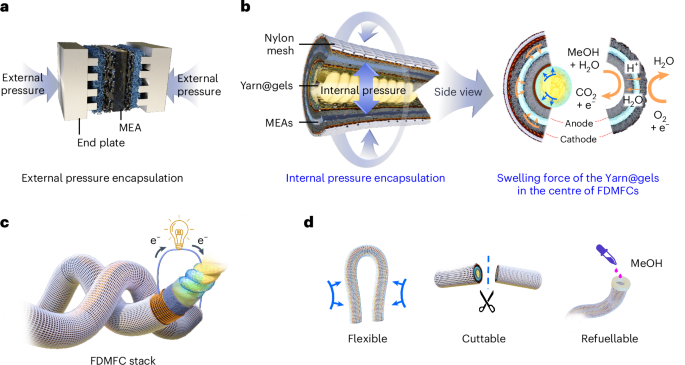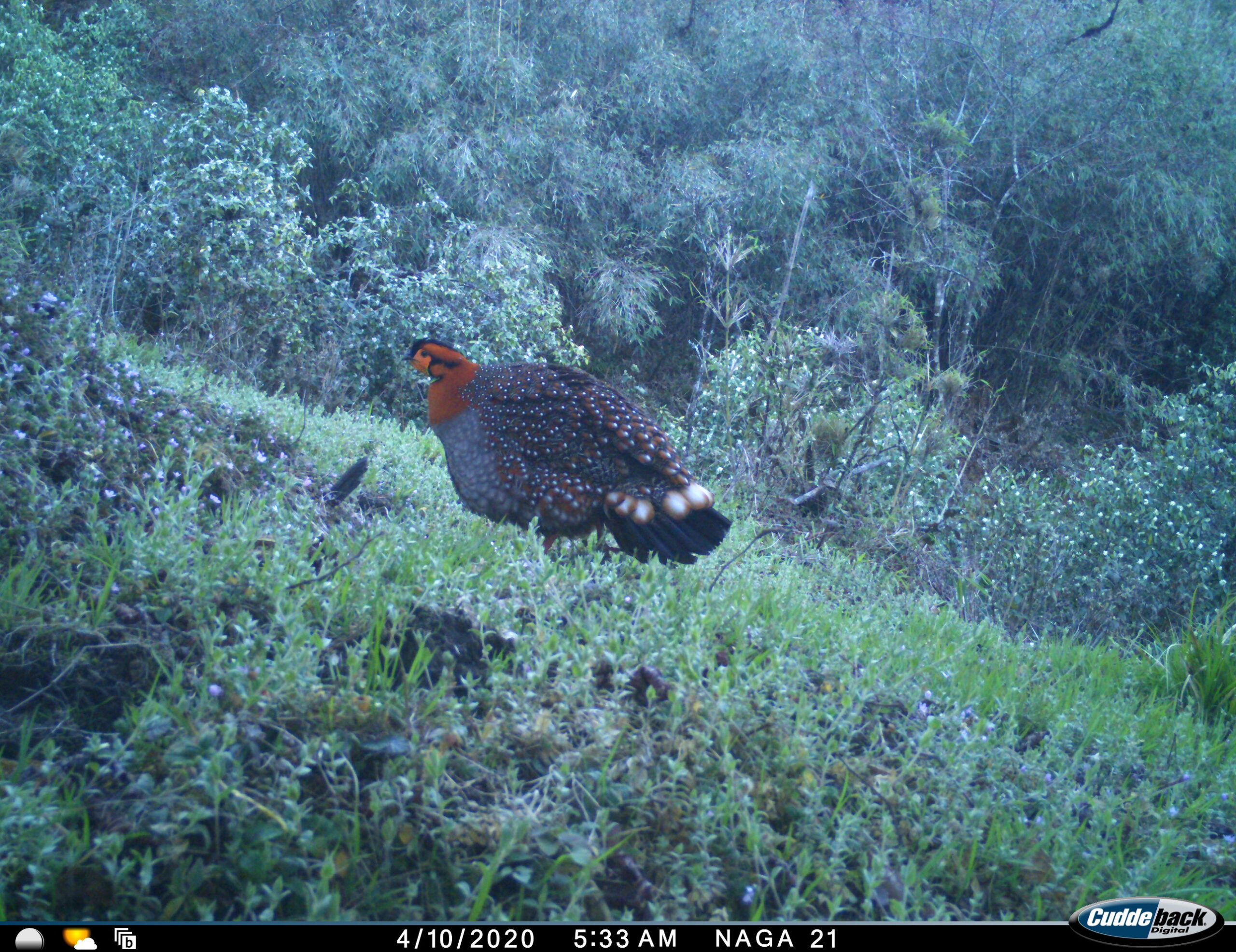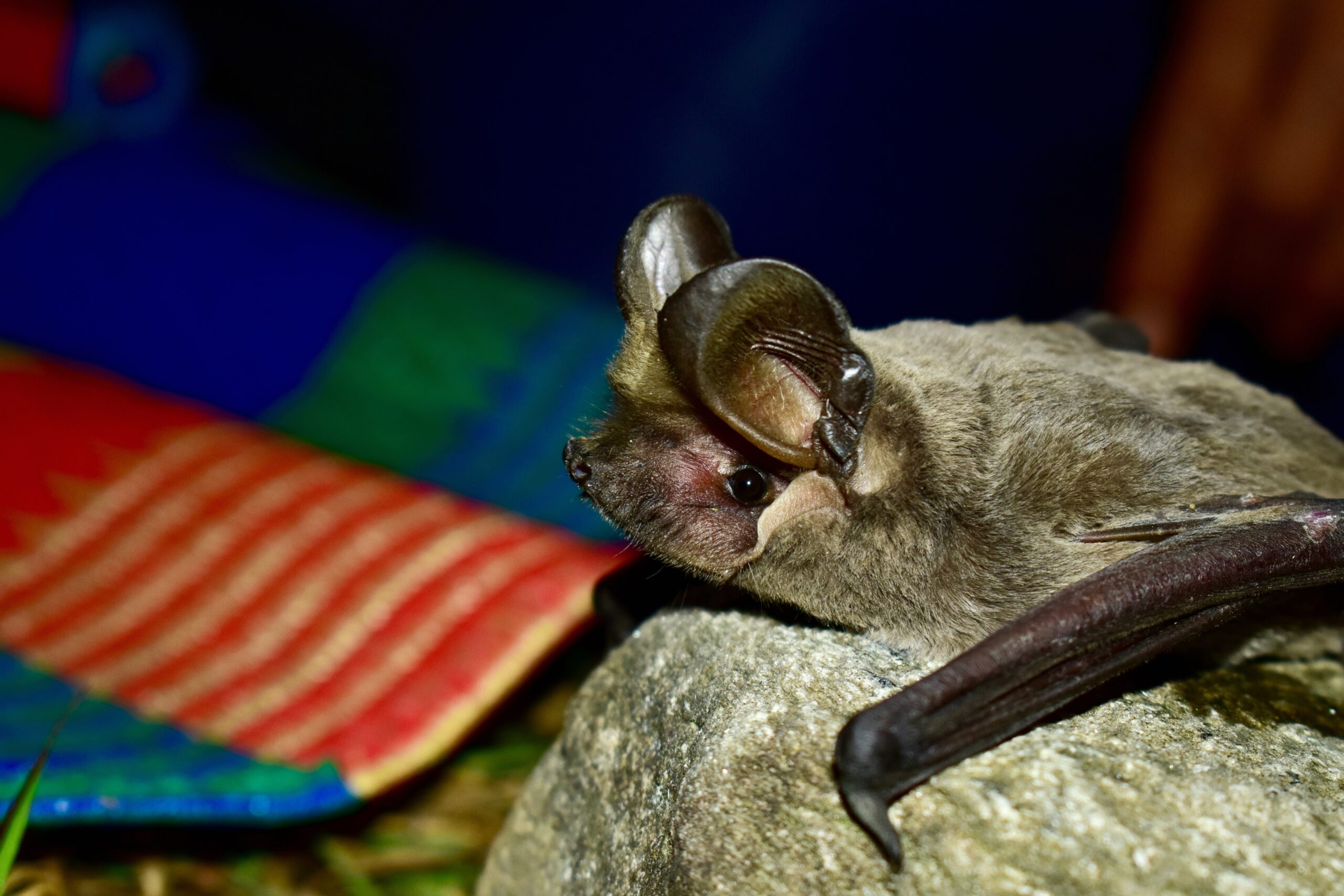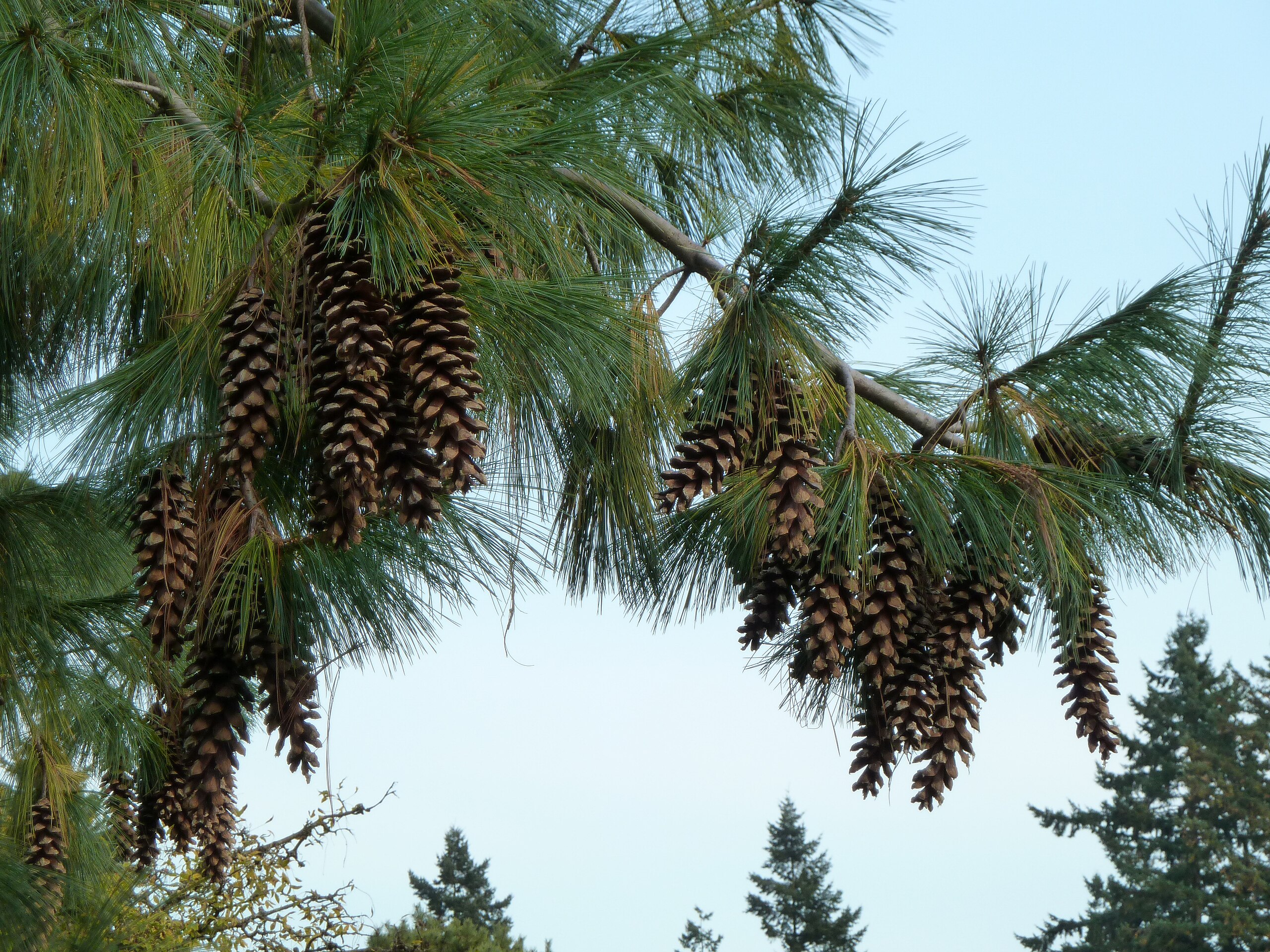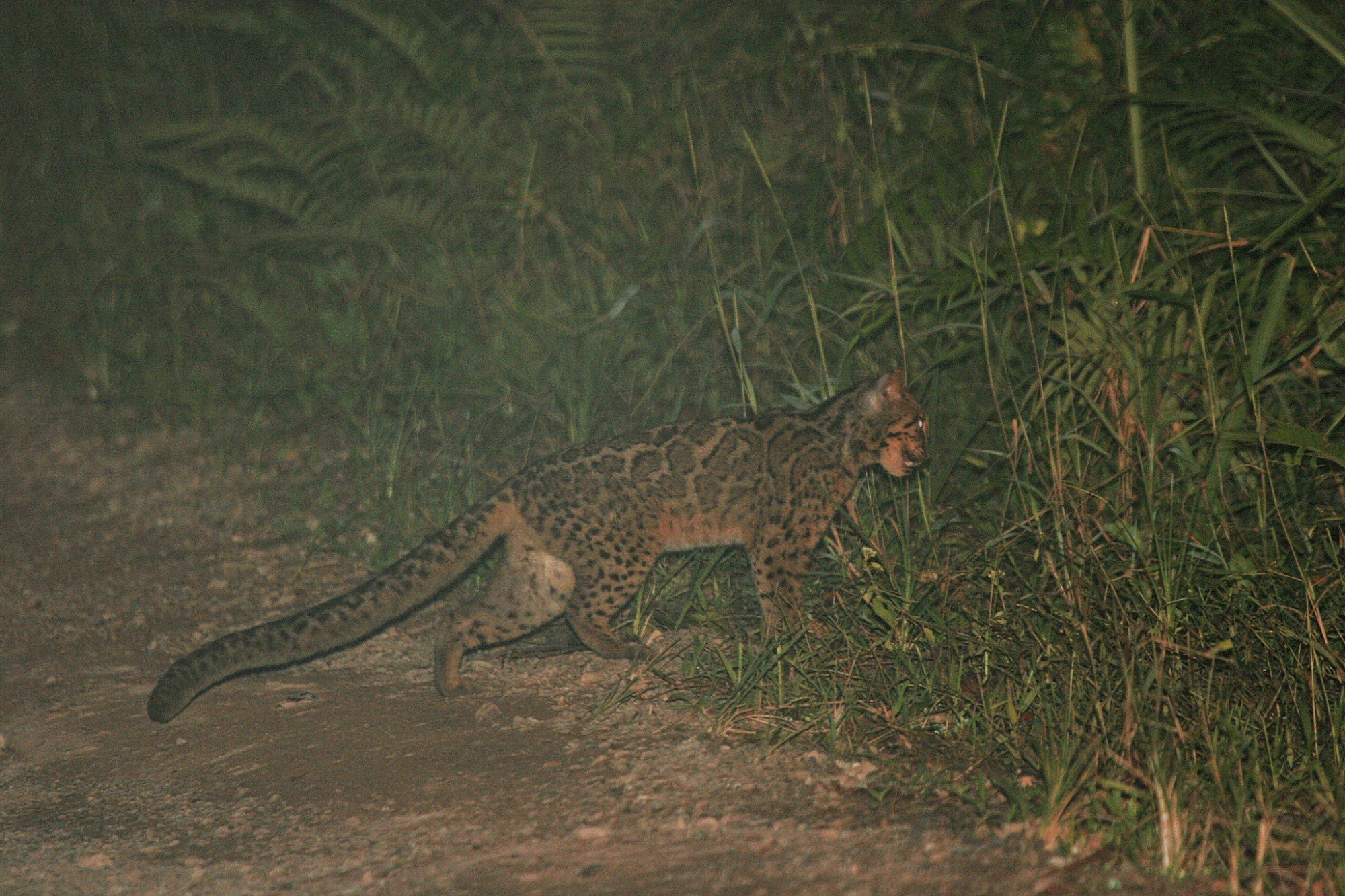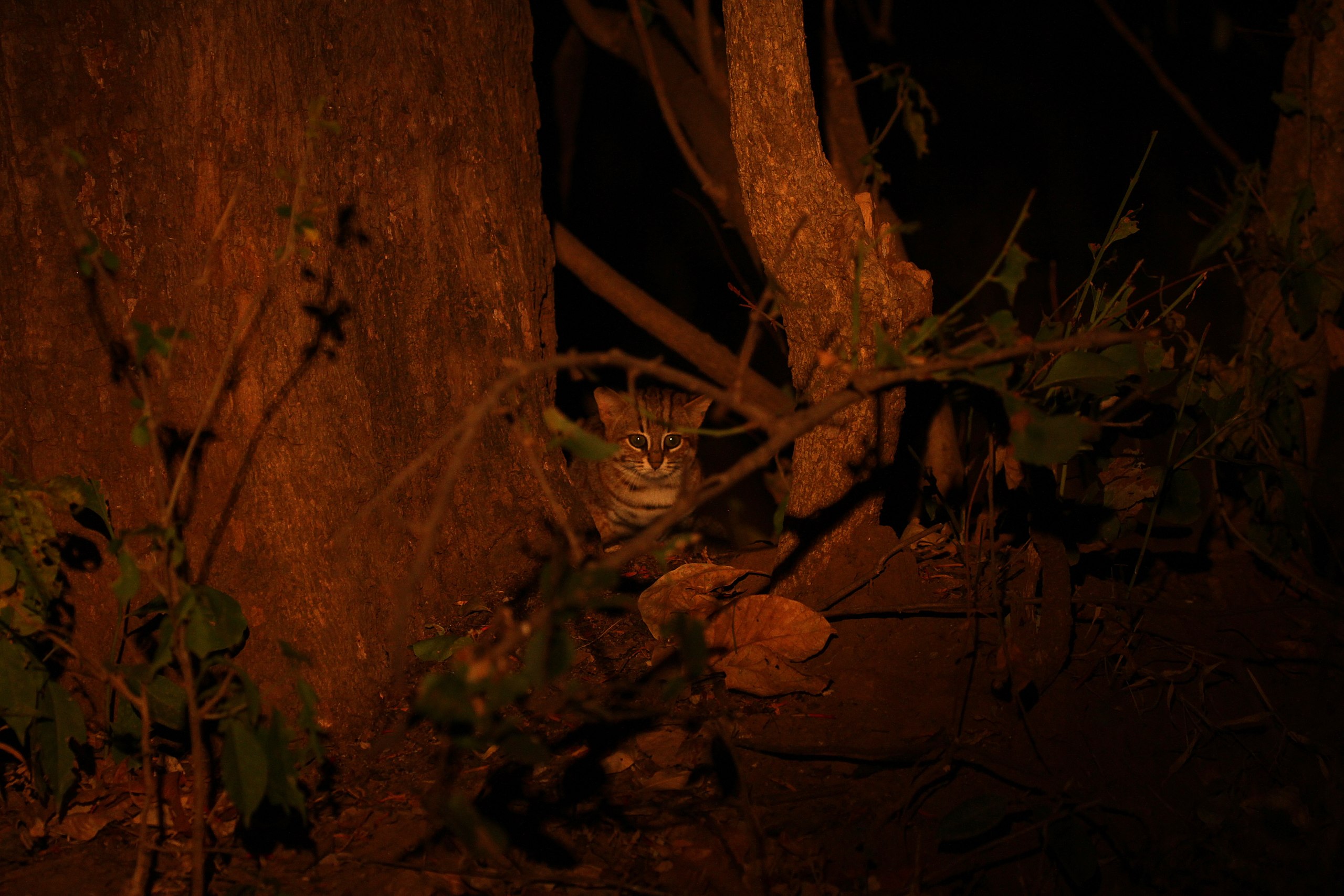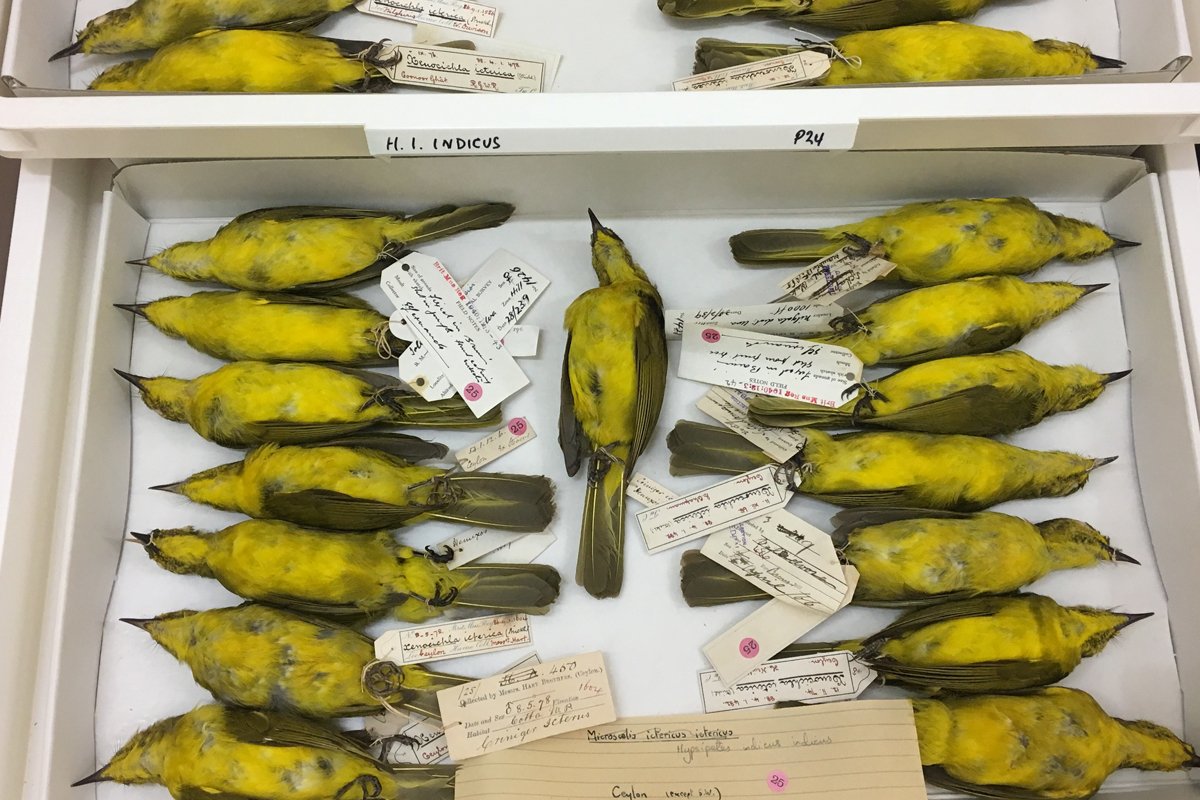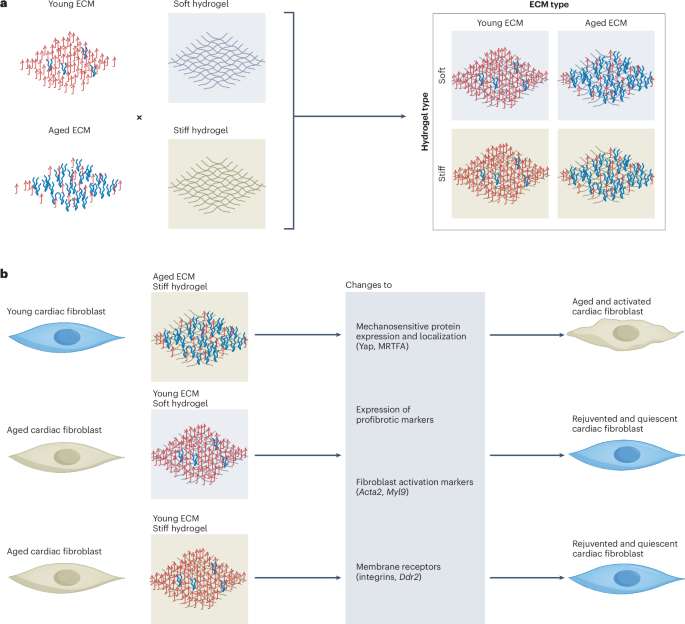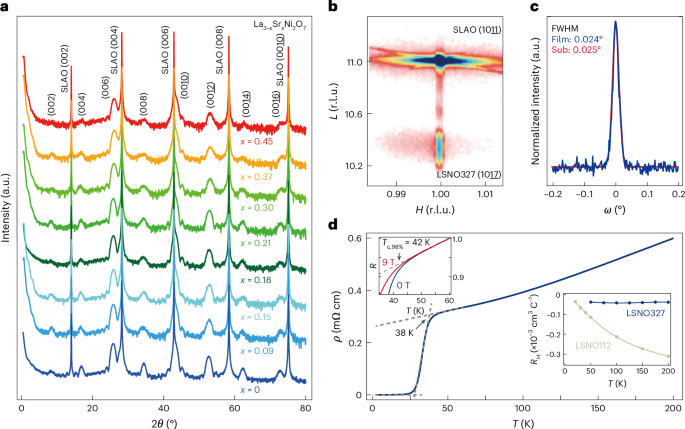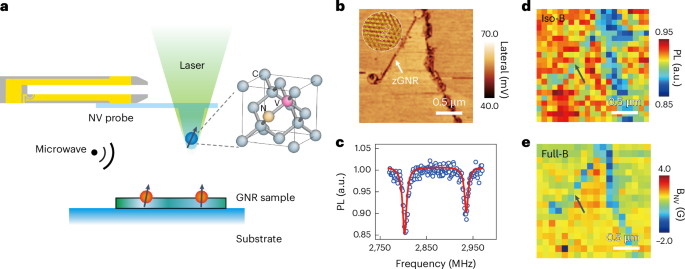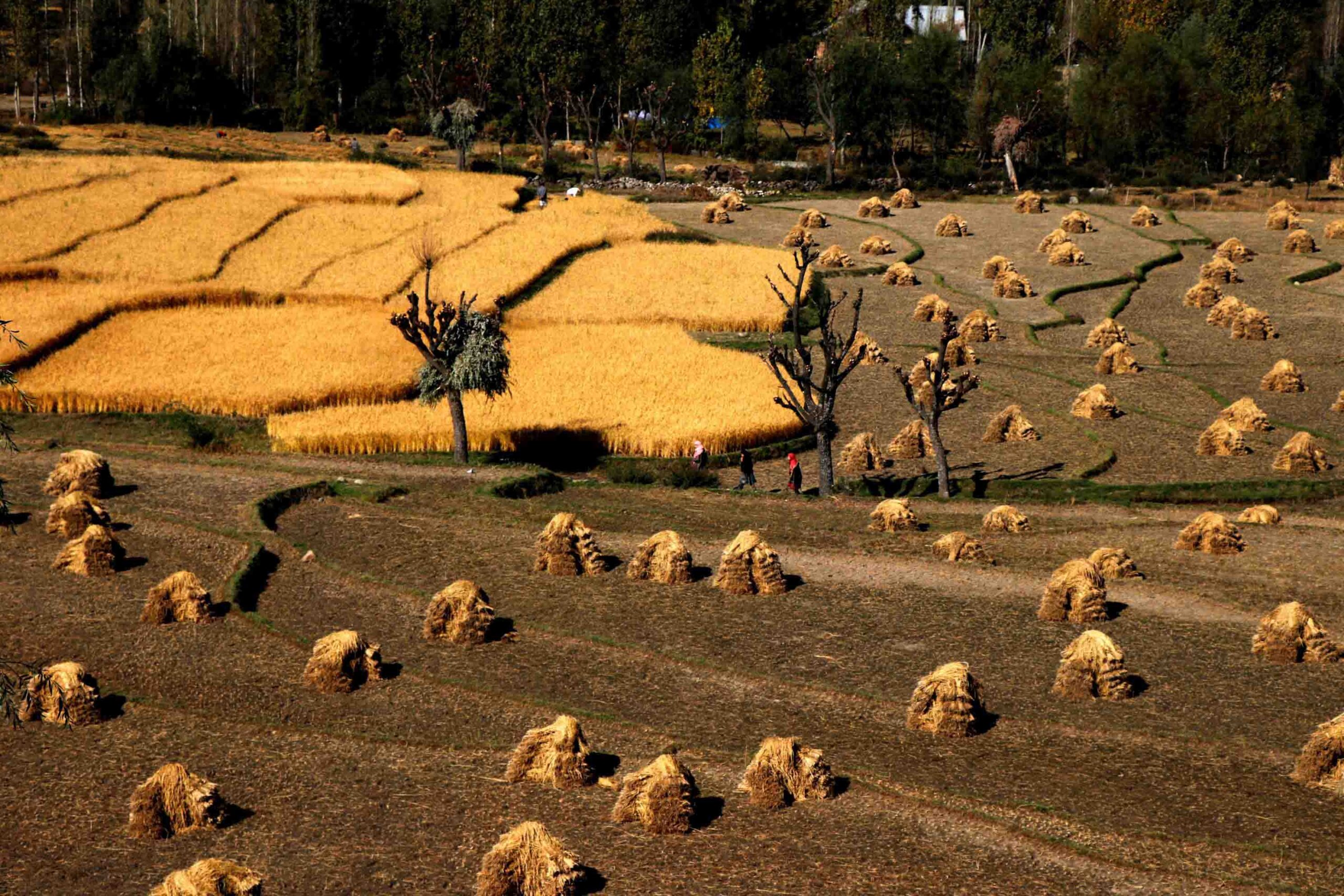

|
 |
| The Violet Nest Robber of Tropical Forests – The Violet Cuckoo, Male |
| The Violet Cuckoo is a small, sluggish Cuckoo,
more often heard than seen. The Adult Male has a glossy violet-purple head, upper chest and upperparts, with white-barred belly to vent with dark bars and bright orange bill with red base. The Female is greenish-brown above with curvier, paler barring extending up to the face. Female resembles Bronze Cuckoo and female Asian Emerald Cuckoo but has reddish-bronze (with slight greenish-tinge) forehead, crown, nape and upperparts and red-based yellowish bill. . . . . . . . . . . . . . . . . . . . .. .. …. ……. . .. … …… ………………………. ………….. ……………….. .. …. …. ……….. … …. ……….. … …. ………… ………….. ………… ………… ….. ………. …………. …….. ……………. …… …. …. ……….. … …. ……….. .. ………… ….. ………. …………. …….. …… Cuckoos are brood parasites and lay their eggs in the nests of other birds. Host species often recognise adult Cuckoos as a threat and chase them off, but then do not recognise that the Cuckoo eggs in the nest are aliens. Cuckoo chicks are usually larger than host chicks. The chicks of many Cuckoo species have been observed to throw the host chicks out of the nest. Host species recorded for the The Violet Cuckoo are Sunbirds and Spiderhunters. . . . . . . . . . . . . . . . . . . . .. .. …. ……. . .. … …… ………………………. ………….. ……………….. .. …. …. ……….. … …. ……….. … …. ………… ………….. ………… ………… ….. ………. …………. …….. ……………. …… …. …. ……….. … …. ……….. .. ………… ….. ………. …………. …….. …… The Violet Cuckoo is a beautiful Violet coloured Cuckoo with a barred belly. It is small bird that has a length of only up to 16 cms in length and weighing about 21 gms. The adult Male is glossy violet above and on head, tail is blackish with white tip, outer feathers are barred. The chin to upper chest is bright violet, belly is white with broad black, violet or green bars. The eye-ring is red, iris is red to brown, bill is yellow with orange-red base. The Female is greenish bronze above, crown is dark brown with white markings around eye (and sometimes on forehead), central tail is greenish, remainder rufous with greenish bars, outer rectrices are barred black and white. The chest is whitish with bronze-green bars and variably washed rufous. The iris is brown, bill is brown, feet are olive-green. The juvenile is barred rufous and greenish bronze above, crown is bright rufous, wing is rufous and green or rufous and brown, tail is barred brown and rufous, brown-barred white below, iris and bill dark brown. Female and juvenile similar to female Asian Emerald Cuckoo or Little Bronze Cuckoo; but look for combination of orange bill and patchy iridescent green instead of the Emeralds unbroken sheen or Little Bronzes dark bill and duller sheen. Two subspecies have been described and the colour and pattern are different in different subspecies. . . . . . . . . . . . . . . . . . . . .. .. …. ……. . .. … …… ………………………. ………….. ……………….. .. …. …. ……….. … …. ……….. … …. ………… ………….. ………… ………… ….. ………. …………. …….. ……………. …… …. …. ……….. … …. ……….. .. ………… ….. ………. …………. …….. …… The Violet Cuckoo is found from North-Eastern India to South East Asia, Greater Sundas, Palawan and the Philippines. Southern populations are resident, while Northern populations in locations such as Assam and Bangladesh appear to be migratory. Its natural habitats are subtropical or tropical moist lowland forests and subtropical or tropical mangrove forests. It is also seen in gardens, orchards, and rubber plantations. It occurs from lowlands up to 1500mtrs, but mainly below 700mtrs. . . . . . . . . . . . . . . . . . . . .. .. …. ……. . .. … …… ………………………. ………….. ……………….. .. …. …. ……….. … …. ……….. … …. ………… ………….. ………… ………… ….. ………. …………. …….. ……………. …… …. …. ……….. … …. ……….. .. ………… ….. ………. …………. …….. …… The Violet Cuckoos are insectivorous but they will also eat fruit. They have been seen shaking hairy caterpillars to remove the stomach contents for consumption. They forage by creeping up and down branches, but they can also flycatch on the wing. They usually perch motionless. . . . . . . . . . . . . . . . . . . . .. .. …. ……. . .. … …… ………………………. ………….. ……………….. .. …. …. ……….. … …. ……….. … …. ………… ………….. ………… ………… ….. ………. …………. …….. ……………. …… …. …. ……….. … …. ……….. .. ………… ….. ………. …………. …….. …… The Violet Cuckoo male gives an explosive descending trills and a loud but unremarkable chom-wit!, often given in flight. A che-wick, often in flight; also shrill descending trill preceded by a triple note seer-se-seer, seeseeseesee. The males are active and vocal during the breeding season in order to attract mates. …. ………. …… ………….. ………… ………… …. … … …… ………….. ………… ………… ….. ………………….. … ………… ….. ………. …… ………….. …………………….. … ………… ….. ………. …… ………….. ………….. …… ………….. …………………….. … ………… ….. ………. …………. ….. ………. …… ………… ………….. ………….. ….. ………. …….. ………… ………….. ….. ……….. …… ………….. ………… ……….. Description Credit Birds of the World (The Cornell Lab), Oiseaux, Birda, Animalia, Nepal Desk, Ogaclicks, Birds of India | Bird World, Bird Count India & Wiki. |
  |
|
|





